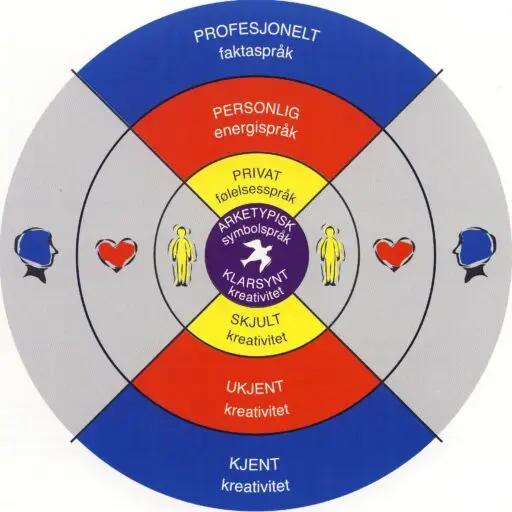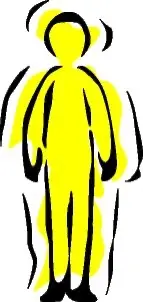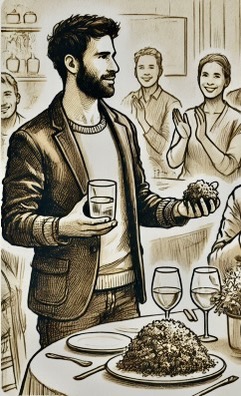I remember a seminar speech better than any other. – We had given some advice in advance to prepare the evening’s table speech. Among other things, we had pointed out how a small object, such as a special stone, a piece of jewellery, a branch or a flower, could be an inspiring object for a good and engaging story.
When dinner arrived, the participant – a young man in his 30s – brought a plastic bag with him, which he placed by his chair.
When the appetiser was served and mostly eaten, he clinked his glasses. – “Dear seminar colleagues,” he said. “I have had a fantastic day, with an incredible number of impressions and emotions. – Before dinner, I took a short jog, and on the way home – in the bog down here, I took the following with me,” – He bent down and picked up the plastic bag and pulled out a large, dry lump of peat.
“In my imagination, this lump of peat became a symbol of us as a group,” he said. – “In the beginning we were a little dry and reserved towards each other, while now we are more open and colourful and exciting. It’s as if we have been given water and nourishment to bloom, just like this lump of peat can if we give it water and time and love.” –
He reached forward with a glass of water and poured the water over the lump of peat so that we could almost smell the wet earth.
“Think of the possibilities we have”, he said. “If we become each other’s gardeners!” – It became completely silent. Then everyone started clapping and laughing and smiling. – The speech became a little shy, and then he asked carefully: “I’m getting married on Saturday. Can I give this speech to the bride?” – I have rarely experienced a table speech with greater applause…








